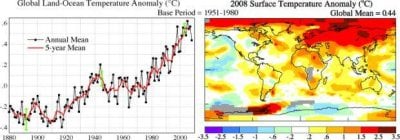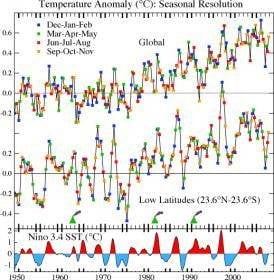Brickster
Madmaxista
- Desde
- 15 Jun 2007
- Mensajes
- 2.489
- Reputación
- 368
The US Airways Crash: A Growing Bird Hazard - TIME
Siguiendo con el Apocalipsis del CO2, tenemos otro efecto colateral del Calentamiento Global: loas accidentes de avión.
Al Parecer el piloto que realizó hace pocos días un espectacular aterrizaje de emergencia en el río Hudson, pudo tener como causa el cambio climático.
Así que tenemos que controlar más las emisiones de CO2, si no queremos que accidentes de este tipo se repitan cada vez más.
La fuente es la revista Time.
Siguiendo con el Apocalipsis del CO2, tenemos otro efecto colateral del Calentamiento Global: loas accidentes de avión.
Al Parecer el piloto que realizó hace pocos días un espectacular aterrizaje de emergencia en el río Hudson, pudo tener como causa el cambio climático.
Así que tenemos que controlar más las emisiones de CO2, si no queremos que accidentes de este tipo se repitan cada vez más.
La fuente es la revista Time.
Officials cite a number of possible causes for the increase:
• Most commercial airlines are now replacing older three- and four-engine planes with more-efficient double-engine aircraft. Because these newer engines are quieter, birds are less likely to detect and avoid them. Worse still, fewer engines miccionan fewer backups should a plane and a flock of birds cross paths.
• While officials use radar and radio collars to track bird populations, habitat destruction and climate change have disrupted migratory patterns. Moreover, the populations of certain species of birds are increasing at rapid rates, thanks to changes in food supply. The Canada-goose population, for example, increased 4-fold from about 1 million birds in 1990 to 3.9 million in 2008, according to Richard Dolbeer, one of the report's co-authors.
• Air traffic has increased markedly during that same period, growing from 310 million airline passengers in 1980 to a record 749 million in 2007, meaning the skies are more crowded for both birds and Airbuses.
• To further complicate matters, officials must be careful to identify which type of bird is struck in each incident, to help biologists conduct wildlife-management programs without violating laws that protect endangered species.



